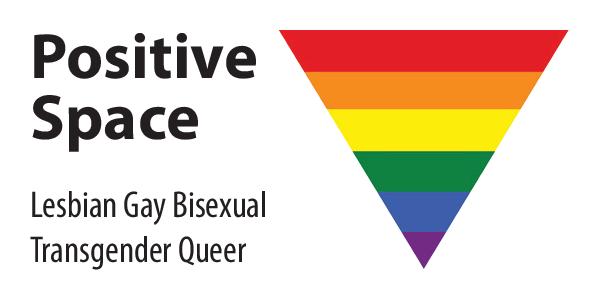Naomi Nagy
|
LIN 351: Sociolinguistic PatternsCourse expectationsContacting the professor
Please feel free to contact me outside of class if there is something you want to discuss or anything you don't understand. If you will miss class, get the homework AHEAD OF TIME so that you are not behind when you return. Arrange to get lecture notes from another student BEFORE coming to talk to me about what you missed. Course expectationsCourse Learning Outcomes
Quercus: Readings, assignments, and resources for the research project are posted in Quercus (http://q.utoronto.ca/). Check it before class each week for important information and to download/print/read any handouts for class. Materials will be available at least 24 hours before class. Most are there before the semester begins. Assignments: There are homework assignments due as noted on the syllabus; they are all due Wednesdays before midnight. This is where the real learning happens--when you get involved with the data and the theory. Assignments are posted in Quercus and on this website. Assignments will be developed and explained in lectures and tutorials. It is your responsibility to hand in the assignments on time - a missed class is NOT an excuse for a late assignment. Homework will be accepted early, but not late, unless you provide appropriate documentation for a valid reason within 48 hours of the due date.
It's critical to read the assigned chapters and (occasional) articles before class. You have distinct readings for lecture and for tutorial. Bring notes, readings, and your questions/comments about them to class. This way, you can contribute productively to discussion and ask questions in class about anything that is not clear. Part of your grade is based on participation. Participation includes asking and answering questions, making relevant observations and connections between course content and your life experiences. It's important to do this in class, to develop your ability to talk clearly about research, but you may also contribute through the Discussion Forum in Quercus. You'll receive a holistic grade that considers both the quantity and quality of your contributions to the course.
Grading: Your grade for the semester will be calculated as shown below. A note on assessmentWe aim to provide formative assessments of your assignments. As a result, points earned do not directly translate to percentages for calculating marks.Formative assessment
Summative assessment
Further information about course policies and procedures is available in Quercus. Please read it. Updated January 6, 2024. |
